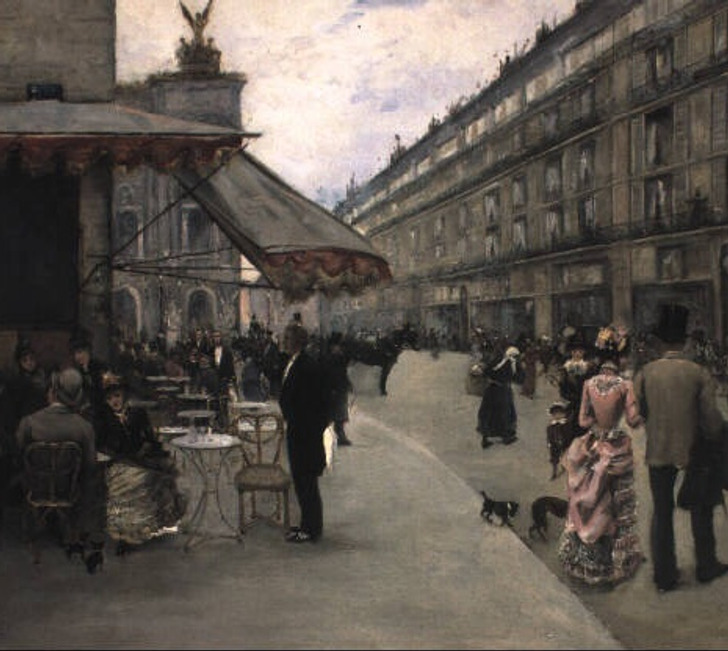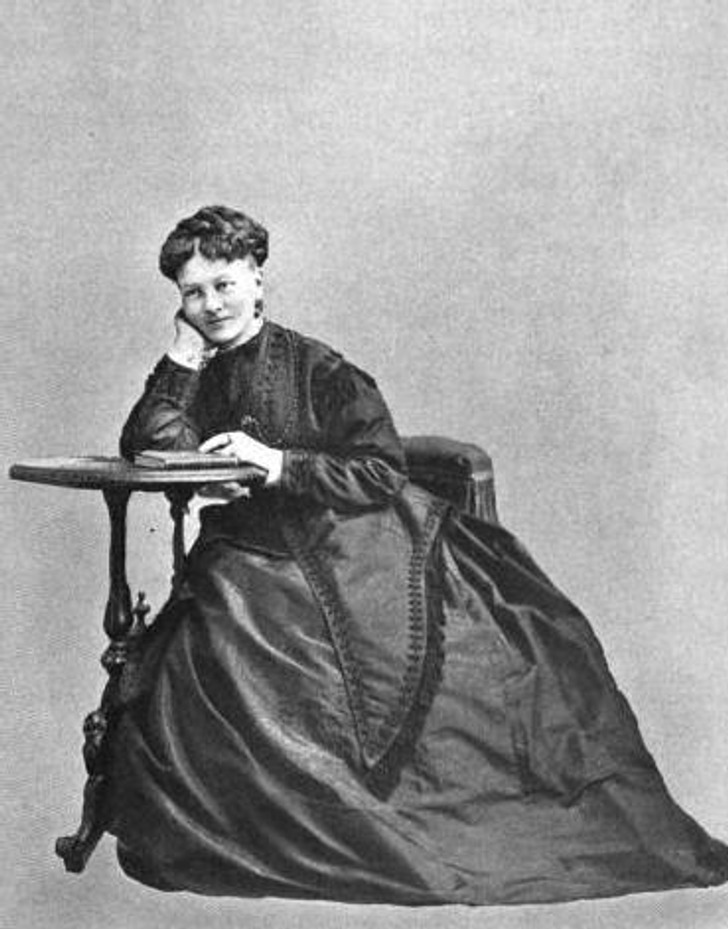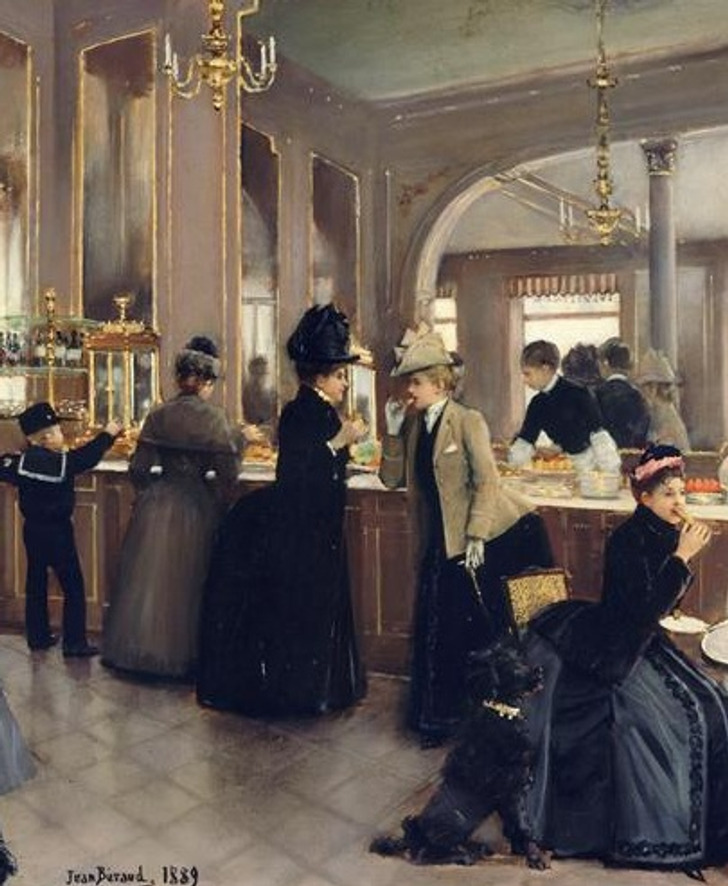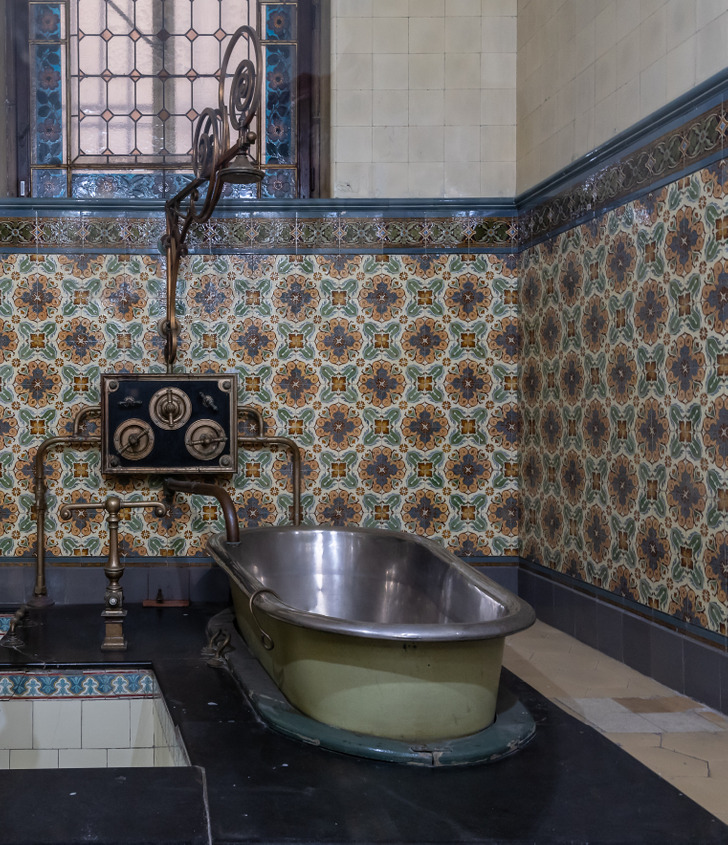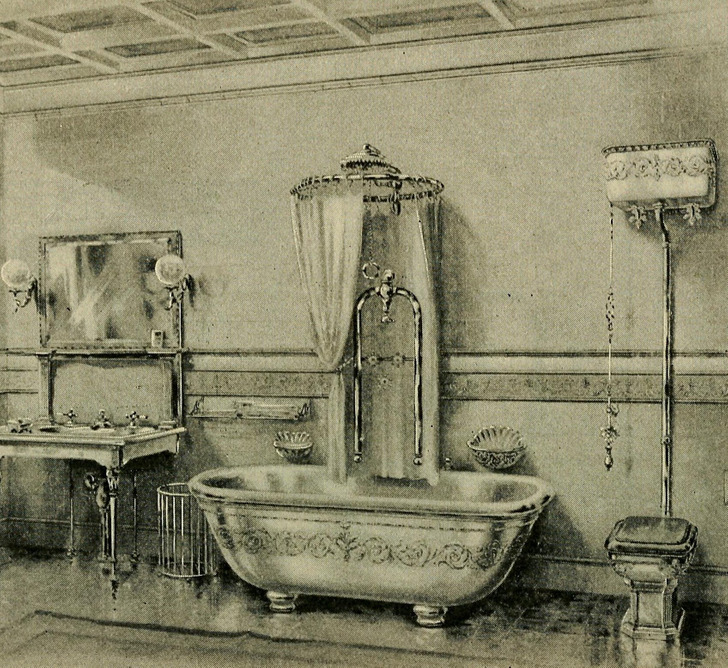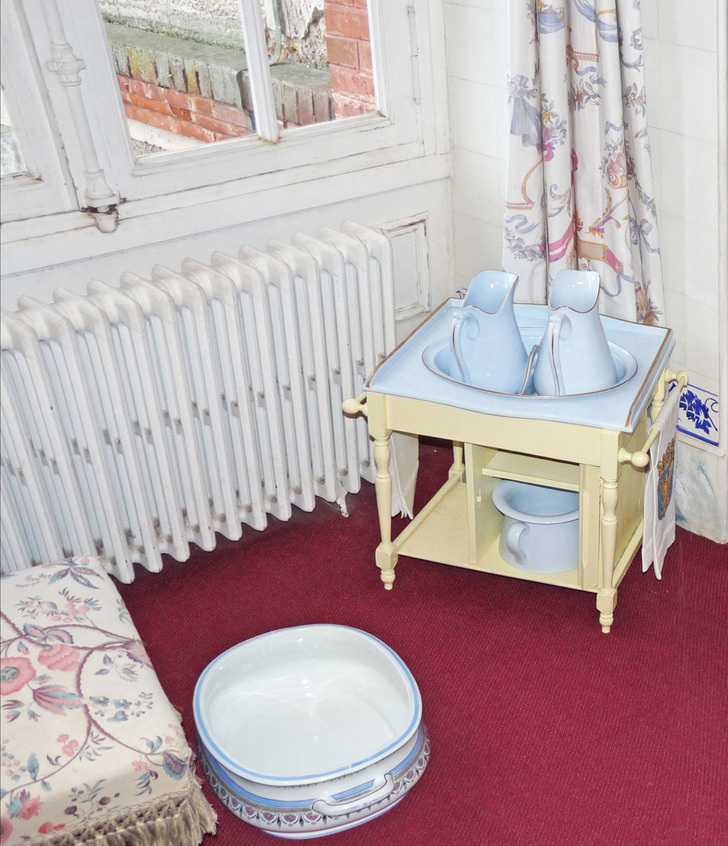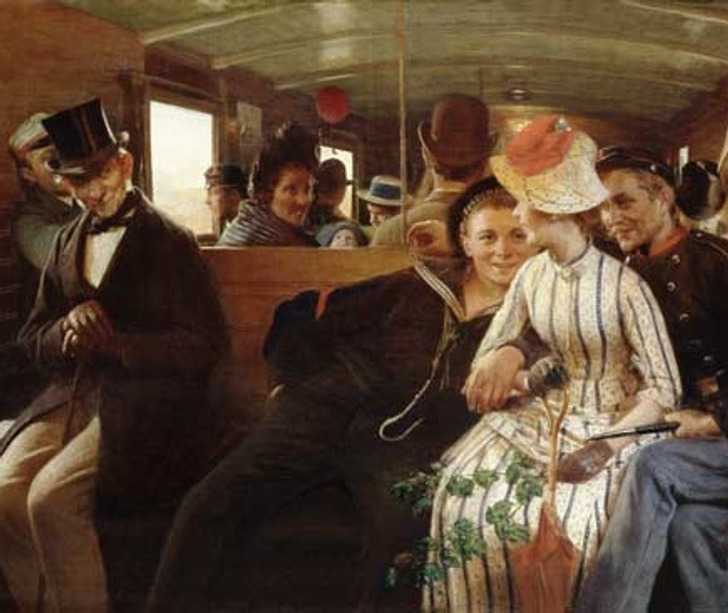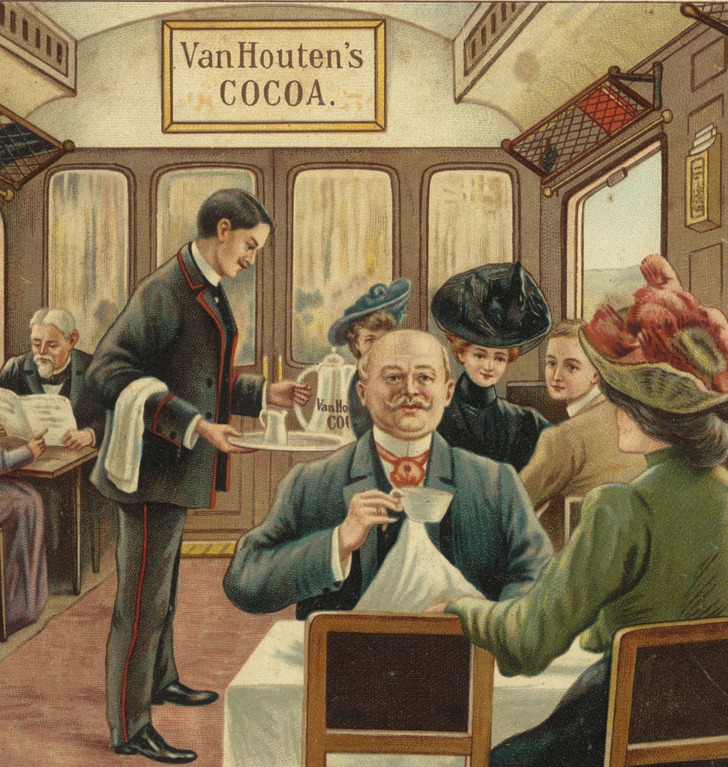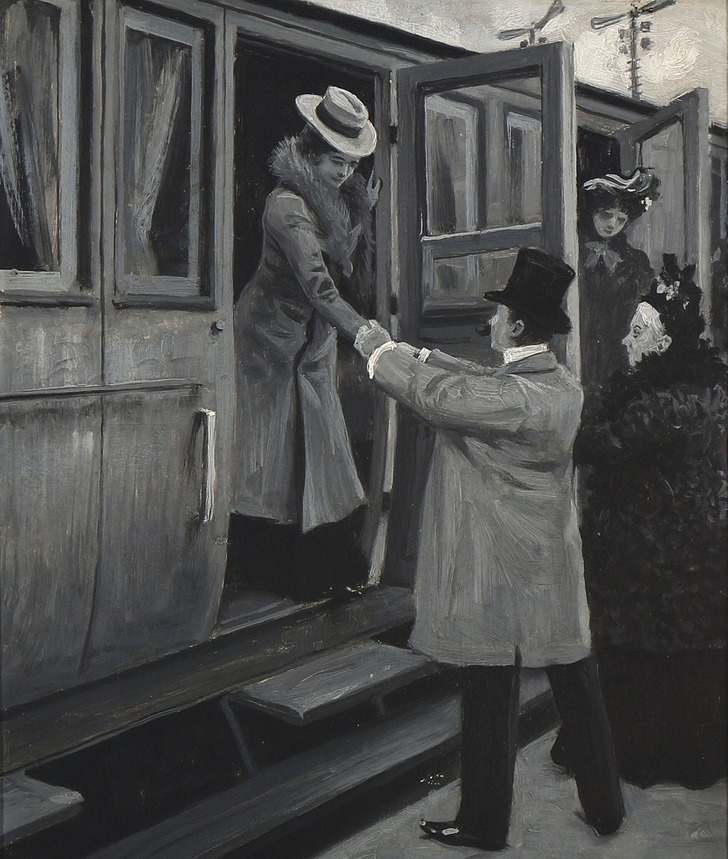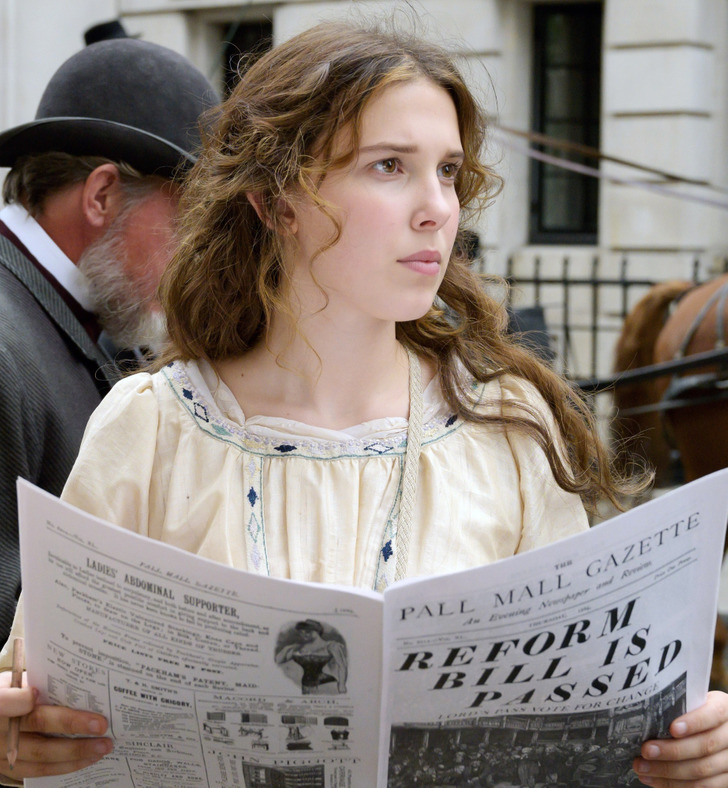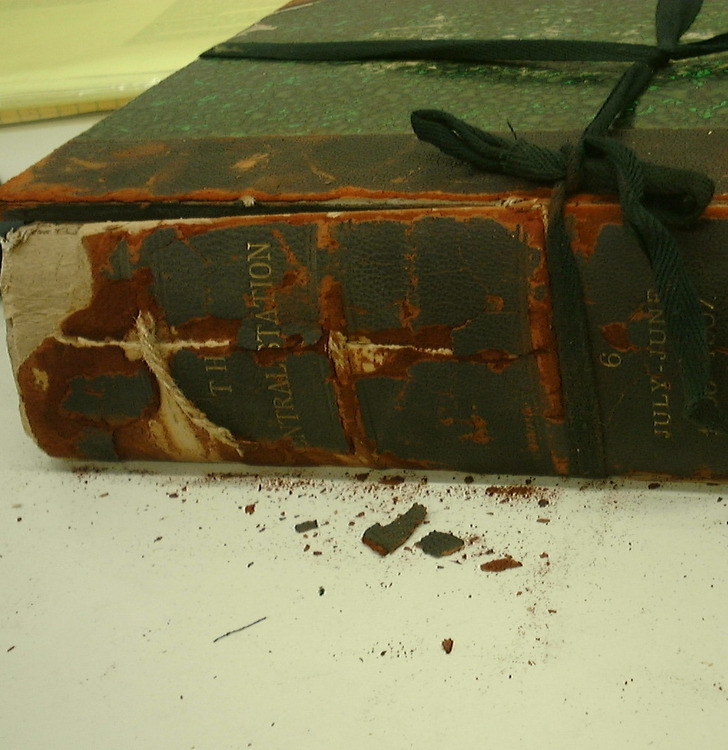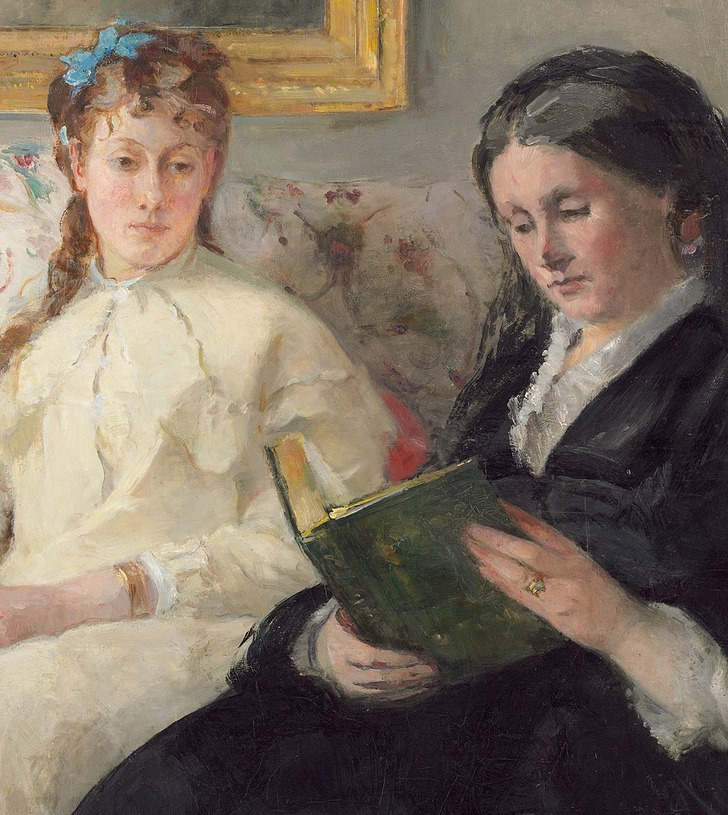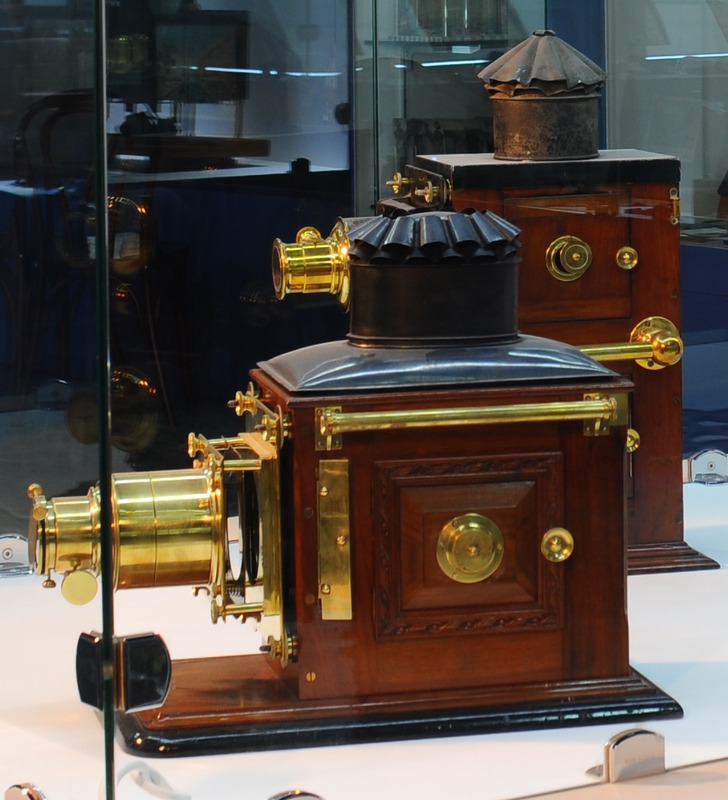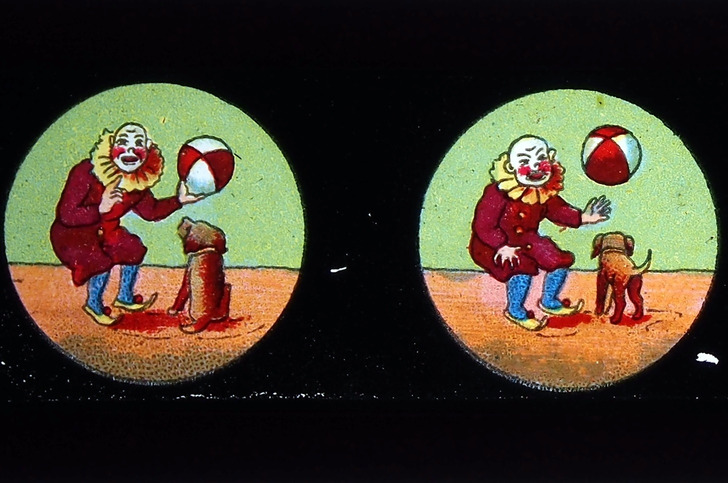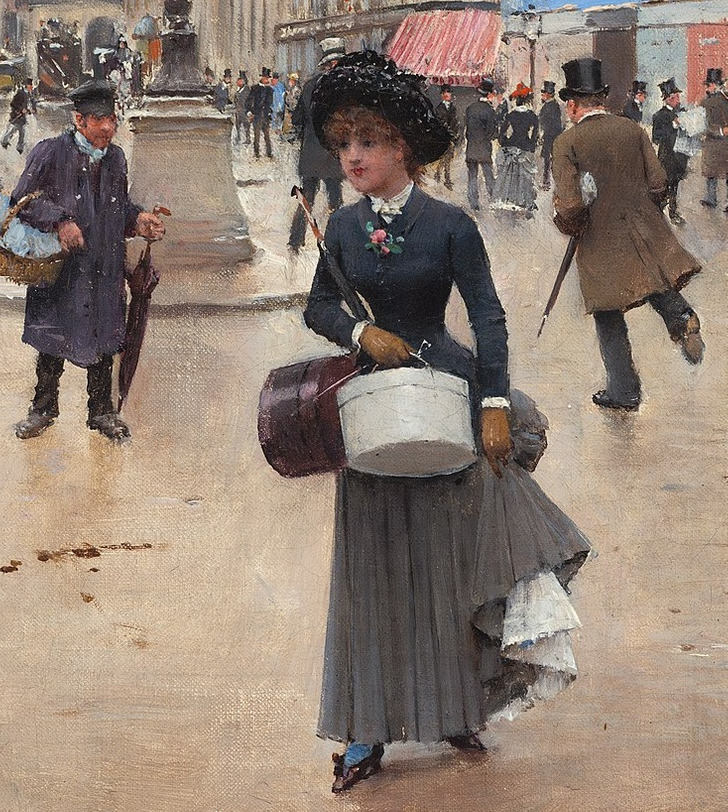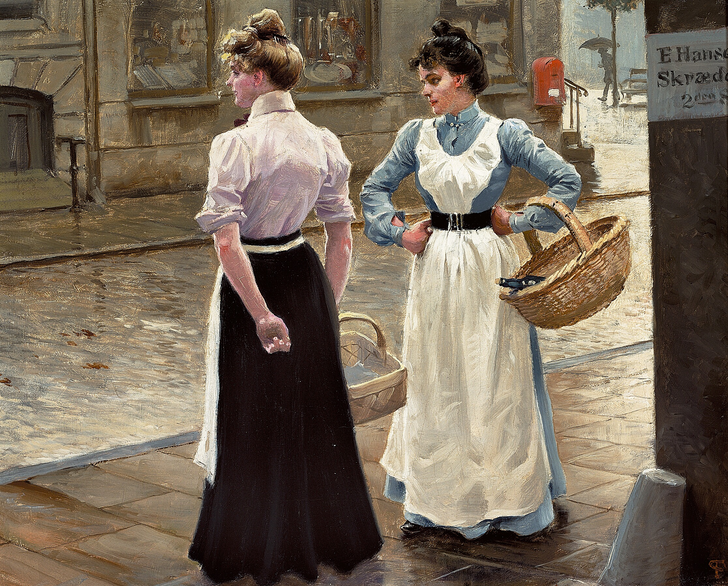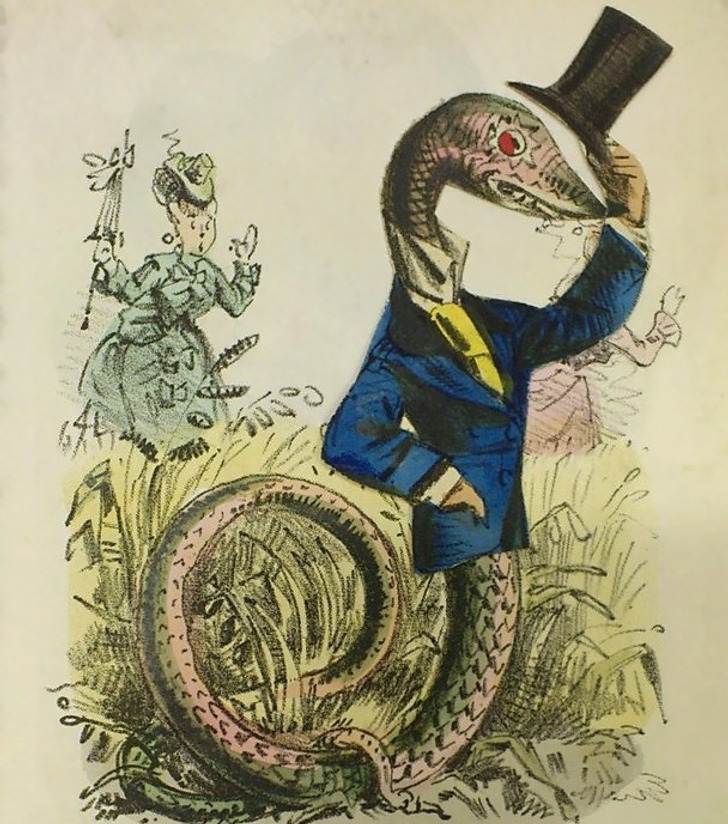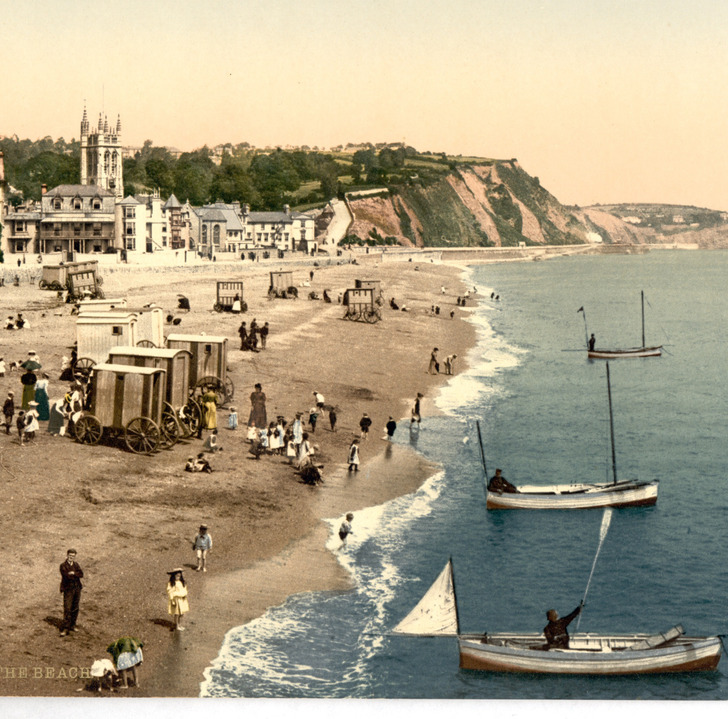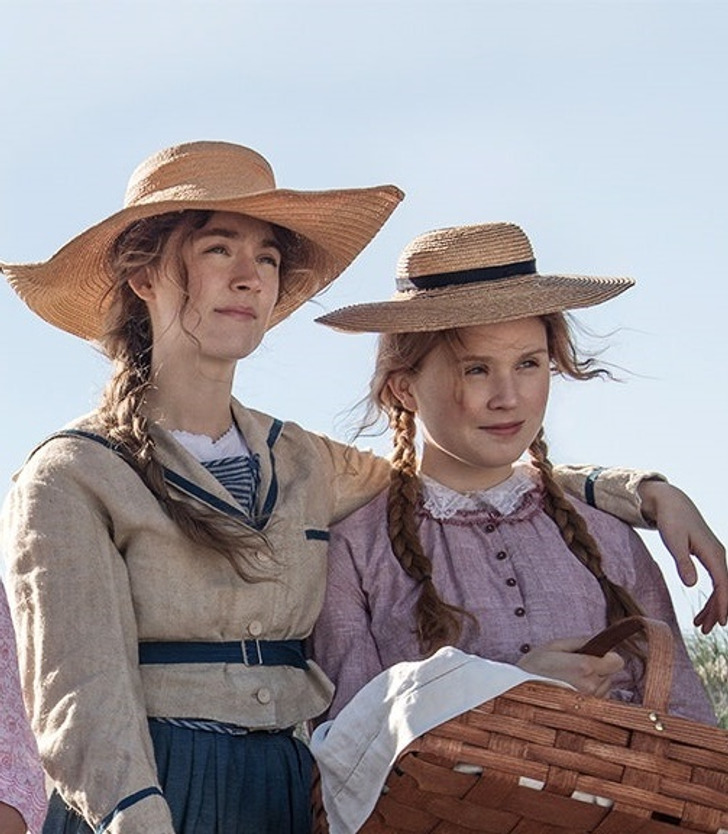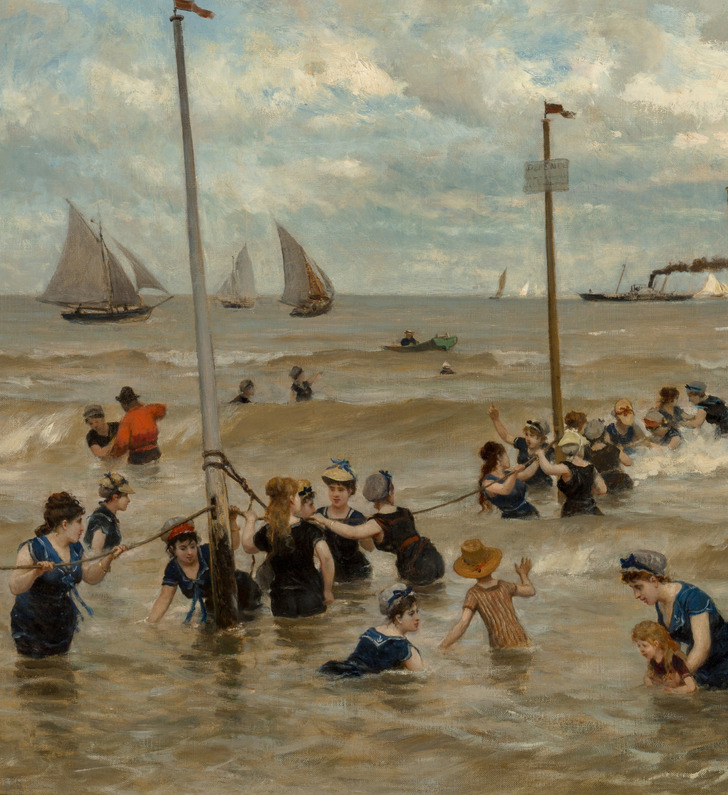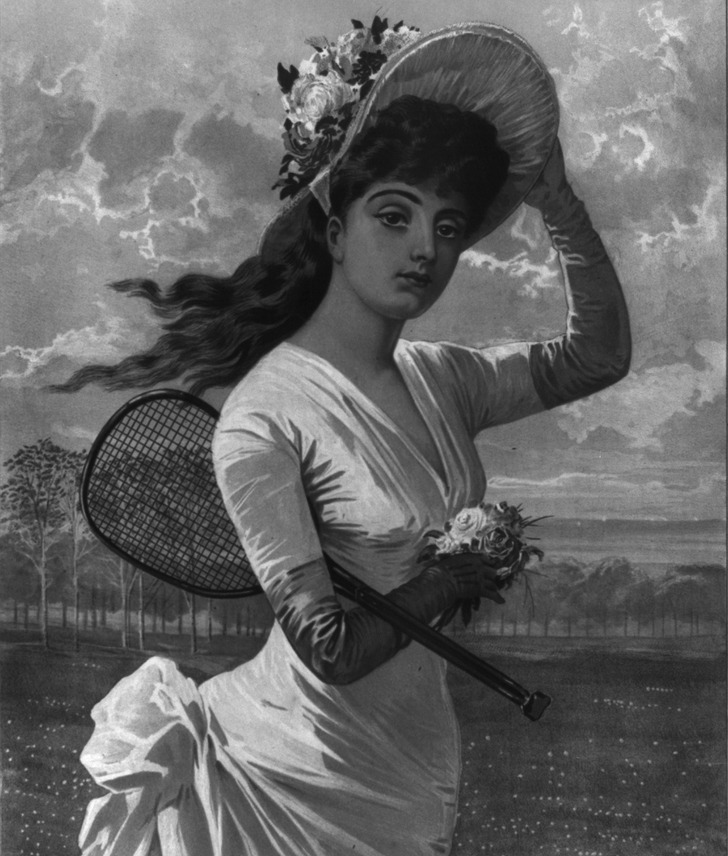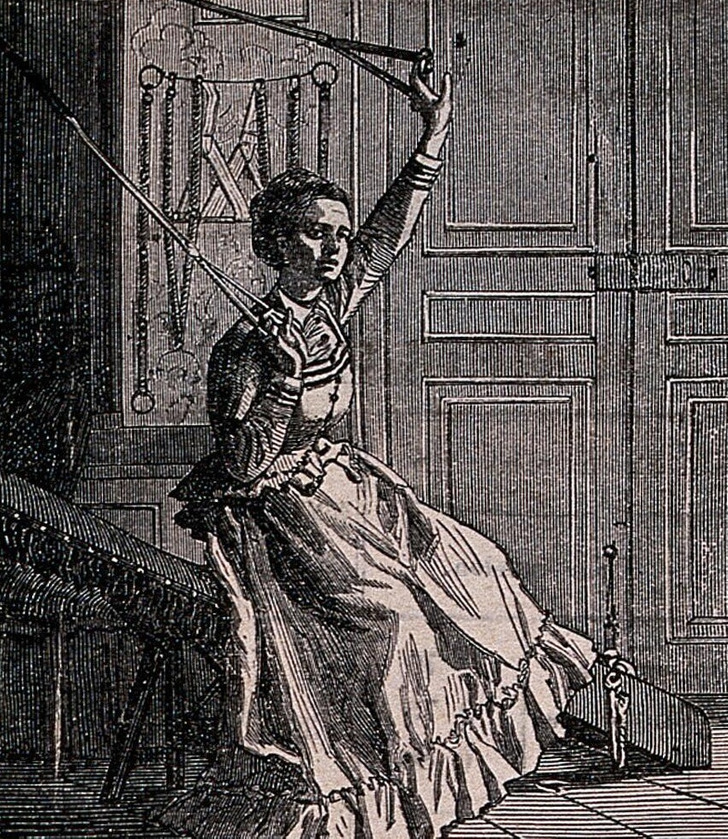12 Facts About the 19th Century That Will Dispel any Romantic Notions You Have of That Time
Popular films and books often depict life in the 19th century veiled in a very romantic haze. It seems to us, that elegant ladies in those days did nothing but go to fancy shops, balls and enjoy gourmet meals in cafés. While the gentlemen were exceptionally polite and courteous. In fact, even a visit to the shops required careful planning on the lady’s part, and noble men could sometimes cause a lot of trouble.
Here at CHEERY, we’ve decided to find out what difficulties people faced in those times on a day-to-day basis.
It wasn’t simple for a woman to just go to a restaurant unaccompanied
Until the mid-nineteenth century, a lady couldn’t enter a café or a restaurant without a gentleman. She would simply not be allowed in, or be refused service. There were private rooms for women, but only aristocrat ladies were allowed in. A woman’s place was at home, and even walking down the street without a suitable escort was considered provocative.
This situation changed thanks to the famous reporter Jane Croly, who wanted to attend a banquet in honour of Charles Dickens at a well-known New York restaurant. She was allowed to attend, but only if she agreed to hide behind the curtains, where she could be neither seen nor heard. Croly was furious, so she started her own women’s club, and was even able to persuade a restaurant owner to let her host the meetings at his establishment.
The sudden appearance of women at the restaurants, even if they were famous and successful, caused a storm of outrage. But Croly didn’t give up defending women’s right to exist outside of the home environment. And although many establishment owners gradually gave in, some cafés refused to serve unaccompanied ladies all the way into the early 20th century.
Going to the bathroom was a dangerous endeavour
During the Victorian era, many technological advances were made that made people’s daily lives much easier. Houses started getting plumbing and drainage equipment, so residents didn’t have to carry buckets of water or run outside to relieve themselves. But the first designs were not very well thought out.
In some cases, water was heated by gas burners placed directly under the bath tub. Unfortunately, these devices didn’t have a way to adjust the flame, so bathing had to be done with extreme caution.
Another problem was the poor sewage system. Methane and hydrogen sulphide sometimes accumulated in the pipes and, occasionally, these gases leaked back into the bathroom. A lit candle was enough to cause an explosion.
In poor neighbourhoods, miserly homeowners refused to connect their buildings to the common sewage system. All waste was sent to a cesspit which had to be cleaned once a month. But some landlords found ways to skimp on this too, so the tank gradually overflowed and its contents would start leaking into the building.
Strict rules had to be followed when taking a bath
Victorians washed, but not too diligently. The face, hands and feet got a daily, or even a twice-daily, rinse. Taking a bath, on the other hand, was a ritual in which the temperature of the water, the state of mind and the physical attributes of the individual were extremely important.
There were even special instructions that clearly detailed how to, and who should, bathe. The main rule was to wait at least 4 hours after having eaten and only then get in the tub. Before taking a bath, one also had to do some light exercises so that the warm water wouldn’t do any harm.
Travelling required the knowledge of proper etiquette
With the advent of the railway, travel became much more convenient and comfortable. But even travelling by train required the lady to be prepared. She had to choose a suitable outfit, such as a lightweight, but modest dress, in dark colour, preferably with a short hem. Wearing a hat decorated with flowers, or feathers, was considered indecent.
The safest place for a woman in the carriage was either next to another lady, or an older gentleman. After all, a romantically inclined fellow traveller could freely talk to a woman and even show inappropriate attention.
But no matter how imposing the advance, it was forbidden to be rude in return. There were special lavatories for ladies, but only in the first-class carriages, and even then, the door didn’t have a lock.
On arrival, the lady had to remain in the carriage while her escort, or a hired chauffeur booked a room. It was only when all the formalities were taken care of that he would accompany the lady to the hotel. While she was staying in the room, she would only wear strictly conservative dresses that covered her arms and neck. Otherwise, she would have been considered frivolous.
News papers were considered inappropriate reading for a lady
A woman, in those days, was considered to be a gentle and delicate creature. While the press, which published the latest news, political articles and other such serious discussions, could cause irreparable damage to a lady’s fragile state of mind.
But light and unpretentious novels about fictional events were quite appropriate. Not all fiction, however, was suitable for women. For example, the study of Shakespeare could completely “corrupt a young lady’s mind and give her false ideas”.
Reading certain books carried a risk of catching something
Emerald green was a colour that became extremely popular in the 19th century. But the dye that was used to create this colour had one big disadvantage — it contained arsenic. The first cloth-covered books appeared in the 1820s and hit the shelves after a few decades. The infamous dye was, sadly, used to decorate some editions.
Frequent handling of these books could cause skin irritation, dizziness and stomach upsets. Some editions can still be found in public libraries and private collections. There is no need to throw the book away; it’s best to give it to the experts.
Instead of favourite TV shows, people watched magic lanterns
The absence of TV and cinema didn’t prevent Victorians from enjoying fantastic stories and views of faraway lands. They had a device called the “magic lantern” specifically for this purpose. Using various sources of light, lenses, photographs, illustrations and music, a skilled craftsman could tell a tale or give a tour of a medieval castle.
At first, this expensive luxury was only available to wealthy clients. However, as technology developed, more and more ordinary families started finding themselves to be among the owners of a “magic lantern”. However, instead of candles, some models used various chemicals, and the display of three-dimensional pictures was at risk of ending in a spectacular explosion.
A stroll through the shops entailed many difficulties
The woman of the house was in charge of buying the groceries and various other necessities for the family. But going shopping wasn’t easy, especially if the lady considered herself virtuous. A woman, alone outside, had to move quickly while remaining as inconspicuous as possible. Standing in front of shop windows, examining products, touching things and carrying shopping bags in her hands was considered extremely indecent.
This is why many wealthy ladies would usually send servants to the shops. It was only in the second half of the 19th century, when shopping malls appeared in large cities, where shopping became a pleasure. And so that men wouldn’t interfere with women’s shopping, the departments that sold goods for ladies were located on separate floors.
Men grew beards for health reasons
In the mid-nineteenth century, bushy hair on a gentleman’s face was not a fashion statement. Scientists in those days began to suspect that all sorts of diseases could be carried by microscopic creatures through the air. In addition, dense fogs saturated with coal dust and other noxious elements often descended on large cities.
Doctors believed that a thick beard and moustache could protect men from these pollutants and stop the spread of contamination. However, modern scientists no longer agree with this theory.
Valentine’s Day cards were used to ward off unwanted suitors
In the Victorian era, the celebration of February 14th came into vogue and people went crazy for Valentine’s Day cards. In addition to the more classic cards, where an enamoured lady or gentleman expressed affection for one another, many sent messages with very unpleasant content. These were called “comic valentines”.
Such items could carry a light joke or be genuinely offensive. With the help of these “comic valentines”, people managed to ward off annoying admirers, or simply used them to make fun of the shortcomings of those around them. At one point, “comic” Valentine’s Day cards became so popular that it would have been impossible to look at the shop windows without cringing.
Women learned to swim in the sea on the backs of professional bathers
In the 19th century, people discovered the joys of swimming in the sea. Many doctors recommended holidays at the seaside to cure depression and strengthen the immune system. But while most gentlemen knew how to swim, ladies rarely did.
And the women’s swimming costume of the time, which was basically a heavy dress, didn’t make it easy. All the more so, because the ladies often sewed weights into the hem of their bathing suits to prevent the skirt from floating up treacherously.
There was no way the man could help his wife — even married couples bathed separately to ensure appropriate behaviour. So, the poor husband was left shouting valuable instructions from a considerable distance. But, the ladies were taken care of by the specially trained bathers. They would carry the women into the sea on their backs and then bring them back in the same way.
Bathers were also hired for wellness treatments. These ladies would dip their clients in the sea waves, submerging them strategically in the correct areas. A dip on the head was considered particularly useful for improving the immune system. The work of the bathing ladies wasn’t easy, as they had to spend almost the entire day in the sea.
Any sports activity required wearing a corset
A 19th-century lady spent the entire day in a corset, and didn’t take it off even when going for a swim in the sea, or playing tennis. A healthy lifestyle became fashionable in this century and young ladies were advised to do simple exercises at home. Physical activity was not aimed at muscle strengthening or endurance development, gentle ladies were simply advised to move around, but not too intensively.
Exercising at home, away from prying eyes, however, was no reason to remove the corset. But some modern experts assure that there was nothing wrong with this. In fact, Victorian girls were used to wearing a corset from childhood to develop proper posture. And this undergarment, which is exactly what a corset was, wouldn’t always have been tightened. Sometimes it just provided support for the back and chest, and was perfectly comfortable to move around in.
Which century would you like to visit, even if just for a day?
